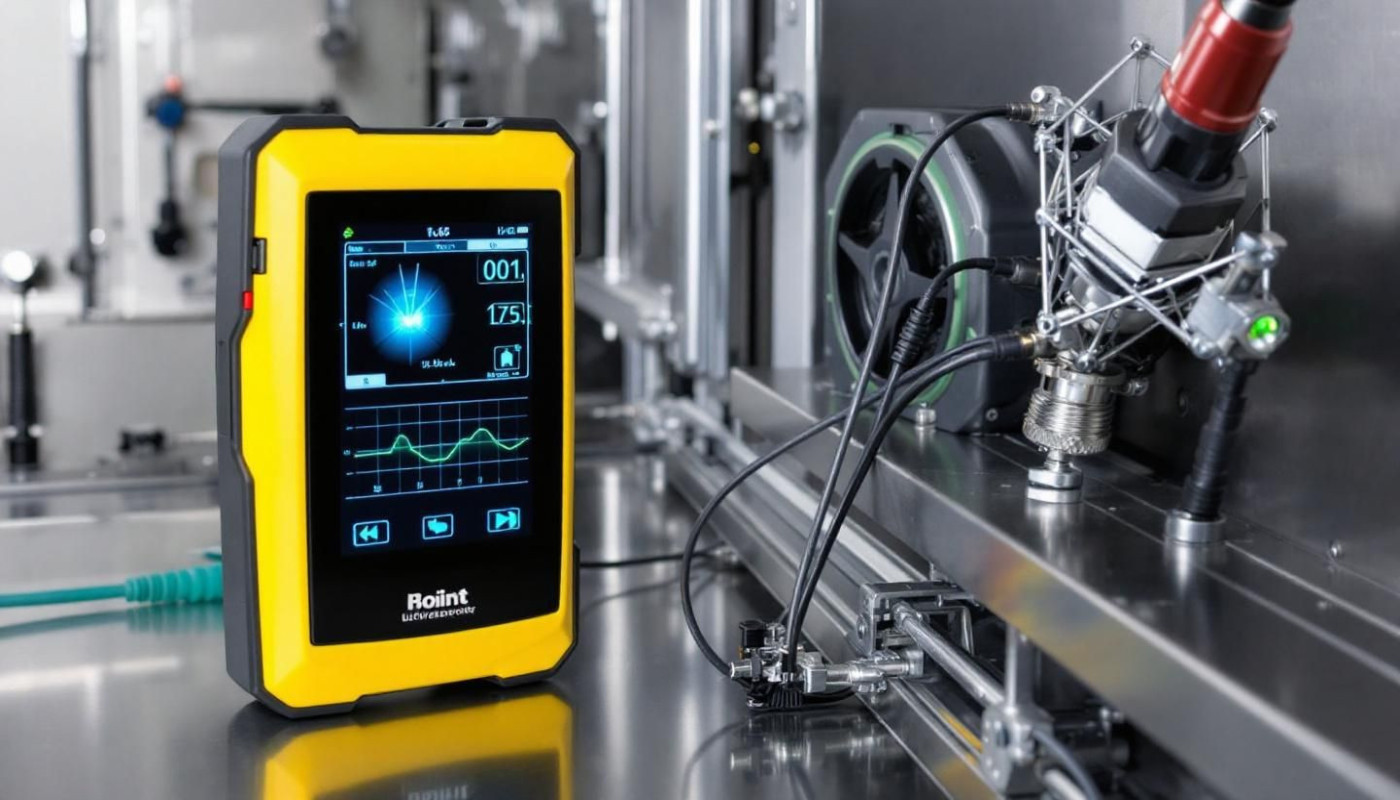Table of contents
In an age where technology is continuously reshaping our lives, one key innovation stands poised to revolutionize the way we receive goods - autonomous drones. The potential of these unmanned vehicles extends beyond just a futuristic concept to becoming an integral part of delivery systems worldwide. With their ability to bypass traffic and navigate through challenging terrains with ease, they offer endless possibilities for enhancing speed and efficiency in deliveries. This article will delve into how autonomous drones are set to reshape future deliveries and why they have become crucial players in the logistics industry.
Overview of Autonomous Drones
Autonomous Drones, also known as Unmanned Aerial Vehicles (UAVs), represent a significant advancement in technology, offering wide-ranging implications for various fields, most notably, the delivery sector. These drones are essentially aircraft without a human pilot onboard, guided by a remote control or a Navigation System embedded within the device. The operating mechanism of these drones hinges on GPS, sensors, and software, facilitating their ability to take off, fly, and land without human intervention.
The evolution of drone technology has been remarkable. In their early stages, drones were primarily utilized for military purposes, but the implementation has broadened over time. Today, they are harnessed for varied applications such as photography, surveillance, agriculture, and most importantly, automated delivery systems. The adoption of drones for deliveries presents an innovative solution to the logistical challenges faced by conventional courier services. In the future, we can expect them to play an even greater role in redefining the delivery landscape, making same-day deliveries more feasible and accessible.
The Potential Impact on Delivery Systems
The disruptive innovation of autonomous drones is poised to redefine future delivery systems, offering numerous benefits that could revolutionize conventional means. One key advantage is the reduction in transit times. Instead of relying on traditional vehicles that are susceptible to road congestion and longer routes, drones can leverage direct, aerial paths resulting in expedited deliveries.
Last-mile deliveries, often seen as a logistical challenge, can now be smoothly addressed by these unmanned aerial vehicles. These drones are capable of reaching remote areas that are generally inaccessible or costly to reach by conventional delivery modes. This remarkable feature not only broadens the reach of delivery services but also enhances customer satisfaction by ensuring timely delivery regardless of location.
In effect, this disruptive technology is not just an innovative solution, but a transformational tool poised to reshape the landscape of future deliveries. It's not merely an incremental improvement to existing systems, but a radical leap forward, paving the way for a more efficient, accessible, and time-saving delivery model.
Autonomous Drone Regulatory Challenges
The deployment of autonomous drones for delivery services brings about a set of regulatory challenges that demand urgent attention from policy makers. On top of these challenges is the issue of privacy concerns. The aerial surveillance capabilities of drones can potentially infringe on people's privacy, creating a sensitive situation that needs to be carefully managed. Furthermore, legislation around airspace usage rights needs to be clearly defined and enforced. Drones will inevitably share the airspace with other vehicles, thus specifying who has the right to what parts of the sky is fundamental. In essence, both these factors - the surveillance capabilities of drones and the legislation concerning airspace usage rights - are key regulatory challenges that could shape the future of autonomous drone-based deliveries.
Similar articles



